Potted Lovage Care: How To Grow Lovage In A Pot
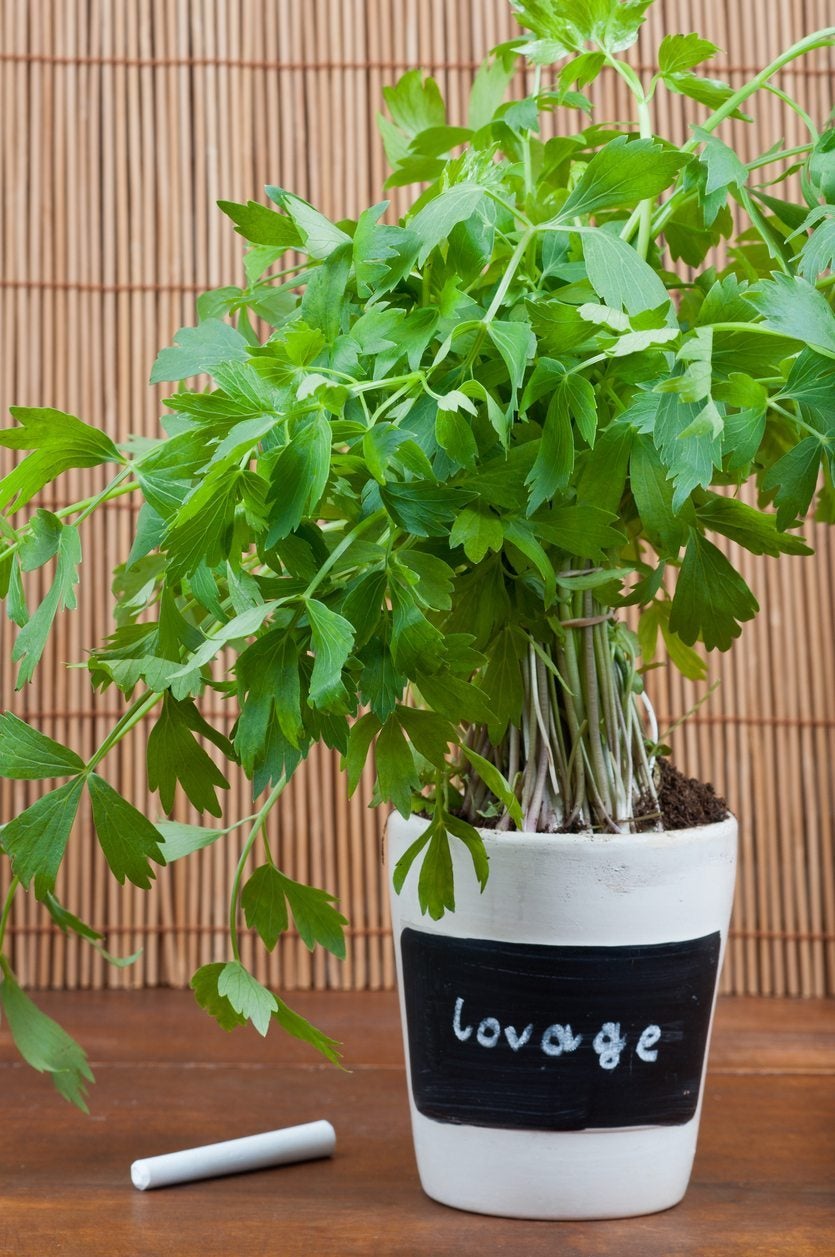

When you think about herbs, many instantly come to mind such as rosemary, thyme, and basil. Do you think lovage? Not so much. I don’t understand why, really. I mean, what’s not to love about lovage? Yes, it was beloved in medieval times, but there’s nothing medieval about it! The roots, seeds, and leaves are all edible. The leaves have a strong celery taste and, when used in moderation, give you some great culinary options in soups, stews, salad dressings, and more in their fresh or dried form. It’s even easier to grow than celery. All of my other herbs are grown in pots, but can you grow lovage in pots too? Let’s learn more about how to grow lovage in a pot.
Potted Lovage Plants
Lovage is not easily found at your grocery store in the fresh herb section or the spice rack, which makes it a worthwhile venture in the garden. The stalk of this aromatic herb can even be used as a straw in your favorite cocktail – I’ve heard that a pairing with Bloody Mary is pretty awesome. These all sound like great reasons to grow lovage, especially that last one. Let’s try it, shall we?! So how can you grow lovage in pots? It turns out that growing lovage in a container is relatively easy. This herb, which looks similar to parsley, is a tough long-lived perennial. Hardy to zone 3, potted lovage plants require a large, deep, well-draining pot, at least 12 inches (31 cm.) wide and 10 inches (25 cm.) deep, due to the development of a rather large, vigorous root system. Lovage can be grown from seed or plants but growing from plants is said to be much easier. If you do decide to go the seed route, then here are some seed sowing tips. Seeds sown should be ¼ inch (6 mm.) deep with germination expected in 10 to 20 days. Fresh seeds are recommended for better germination rates. The cultivation of seed sown lovage typically starts happening in the second growing season, as it takes a complete summer or nearly a year for the plant to reach a good usable size. A rich, well-draining, sandy loam soil is most ideal for potted lovage plants, and the container should be placed in a location that receives full sun or partial shade. Keep the soil in the container consistently moist – do not overwater and try not to let it dry out during its growing season. Feed container grown lovage monthly with an all-purpose liquid fertilizer.
Caring for Container Grown Lovage
Lovage can grow several feet (1 m.) tall. When growing lovage in a container, I would not foresee it reaching the same height as an inground planting (which is up to 6 feet (2 m.)); however, it will probably still be a sizeable plant if you let it be. For container grown lovage, you may want to contain the height and encourage a bushy growth pattern by keeping it well clipped, harvesting your lovage frequently, and being sure to cut off the flower stalks as they appear. Cutting the flower stalks as directed will also keep the lovage leaves from getting too bitter. However, if you’re into lovage for purely aesthetic reasons versus culinary, then you would be interested to know that the flowers are chartreuse (greenish yellow). The flower stalk will eventually produce huge heads of seeds which, if you’re interested in harvesting viable seeds, should be left on the lovage plant until the seed stalk has ripened and turned brown, then collected and further dried in a warm ventilated location. By late autumn you will observe die back in the plant’s stems, which means the lovage is going dormant for the winter. Cut the dead stems off and store the pot in a protected, cool place, such as a basement or garage, until spring. Repot with fresh soil in the spring, resume watering and fertilizing, and soon it will re-sprout and you will once again be blessed with fresh leaves. To keep the plant vigorous and to contain its size, you will want to divide the root ball every three to four years.
Gardening tips, videos, info and more delivered right to your inbox!
Sign up for the Gardening Know How newsletter today and receive a free copy of our e-book "How to Grow Delicious Tomatoes".

Shelley Pierce was a writer for Gardening Know How, contributing to hundreds of articles for the site.
-
 Looking For Plants To Give You The Soft And Fuzzies? Try These 5 Fuzzy Leaf Plant Options
Looking For Plants To Give You The Soft And Fuzzies? Try These 5 Fuzzy Leaf Plant OptionsLovers of texture, drama, silver foliage and tactile plants will adore these special sensory garden additions. These fuzzy leaf plant options will leave you all aglow
By Susan Albert
-
 Get Ready For A Summer Of Hummers! Grow These Full Sun Hummingbird Plants and Flowers
Get Ready For A Summer Of Hummers! Grow These Full Sun Hummingbird Plants and FlowersIf you’re lucky enough to enjoy a sunny backyard, make sure you are maxing out on your pollinator opportunities and grow these full sun hummingbird plants and flowers
By Tonya Barnett
-
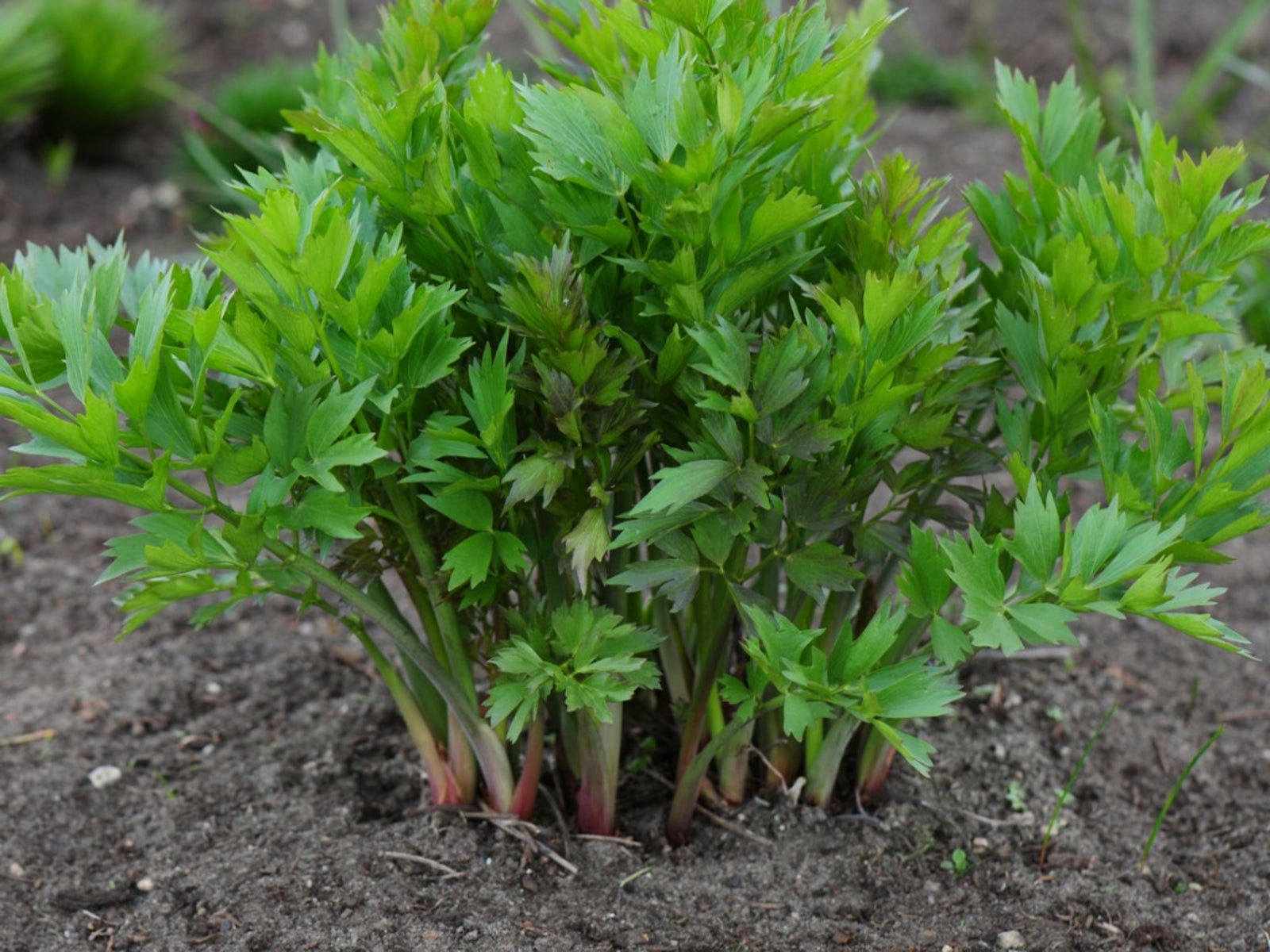 Lovage Plant Illness: How To Manage Diseases Of Lovage Plants
Lovage Plant Illness: How To Manage Diseases Of Lovage PlantsLovage is popular as an ingredient in southern European cuisine. Because gardeners who grow it depend upon it for cooking, it's especially sad to see it showing signs of disease. Click here to learn more about problems affecting lovage and how to treat them.
By Liz Baessler
-
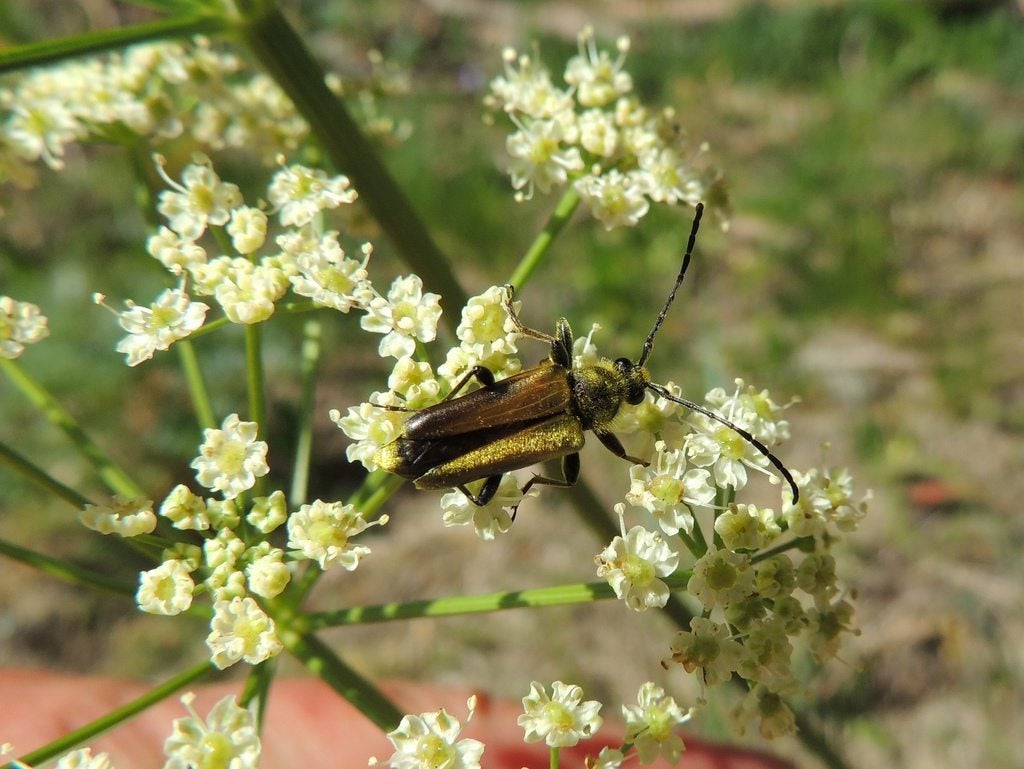 Lovage Pest Management – How To Treat Common Pests Of Lovage
Lovage Pest Management – How To Treat Common Pests Of LovageLovage is a hardy perennial herb that is native to Europe but naturalized throughout North America, too. Because of its usefulness, it is especially upsetting to find it infested with pests. Learn more about bugs that eat lovage and tips for lovage pest management here.
By Liz Baessler
-
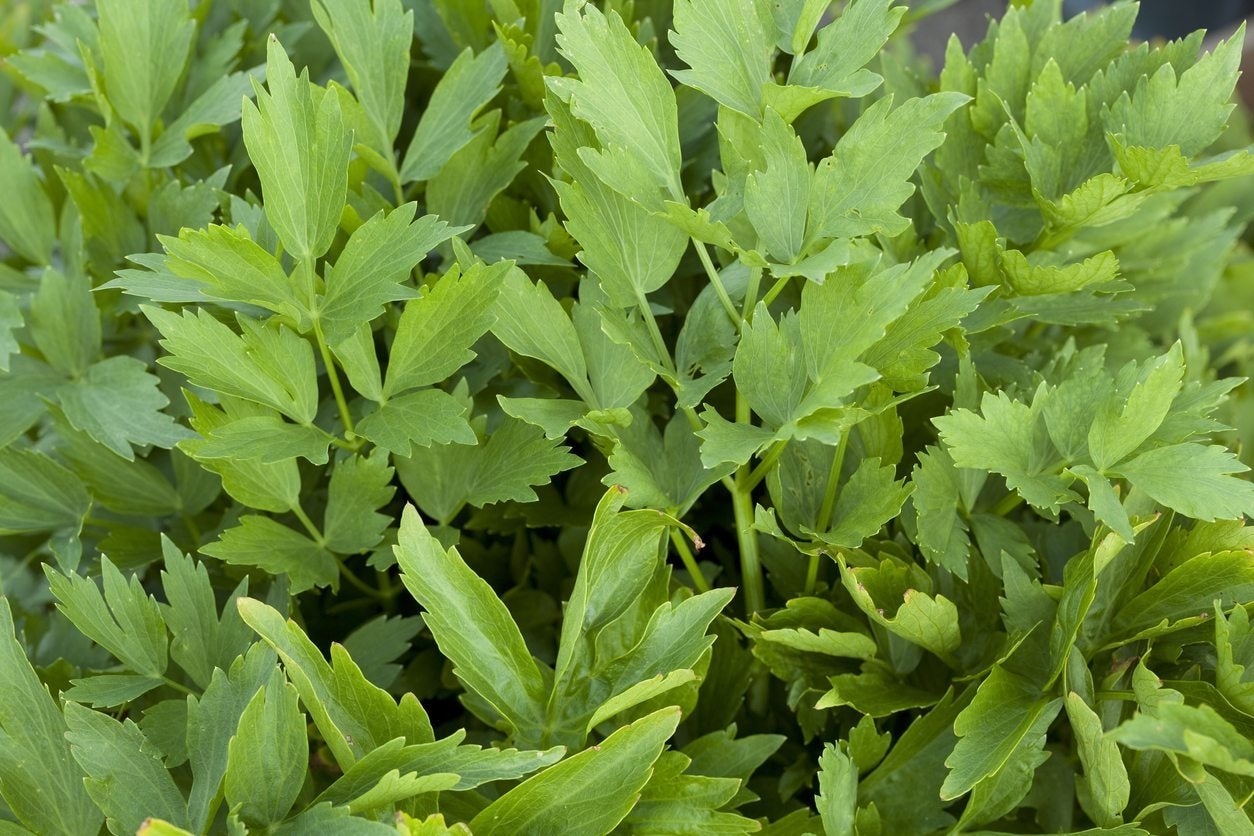 Splitting Lovage Herbs: Tips For Lovage Plant Division
Splitting Lovage Herbs: Tips For Lovage Plant DivisionOnce a common sight on the spice rack, lovage is an undervalued old-fashioned perennial herb. Trying lovage in the herb garden may be as simple as asking a friend for a lovage plant division. Click on the article to learn how to divide lovage plants.
By Darcy Larum
-
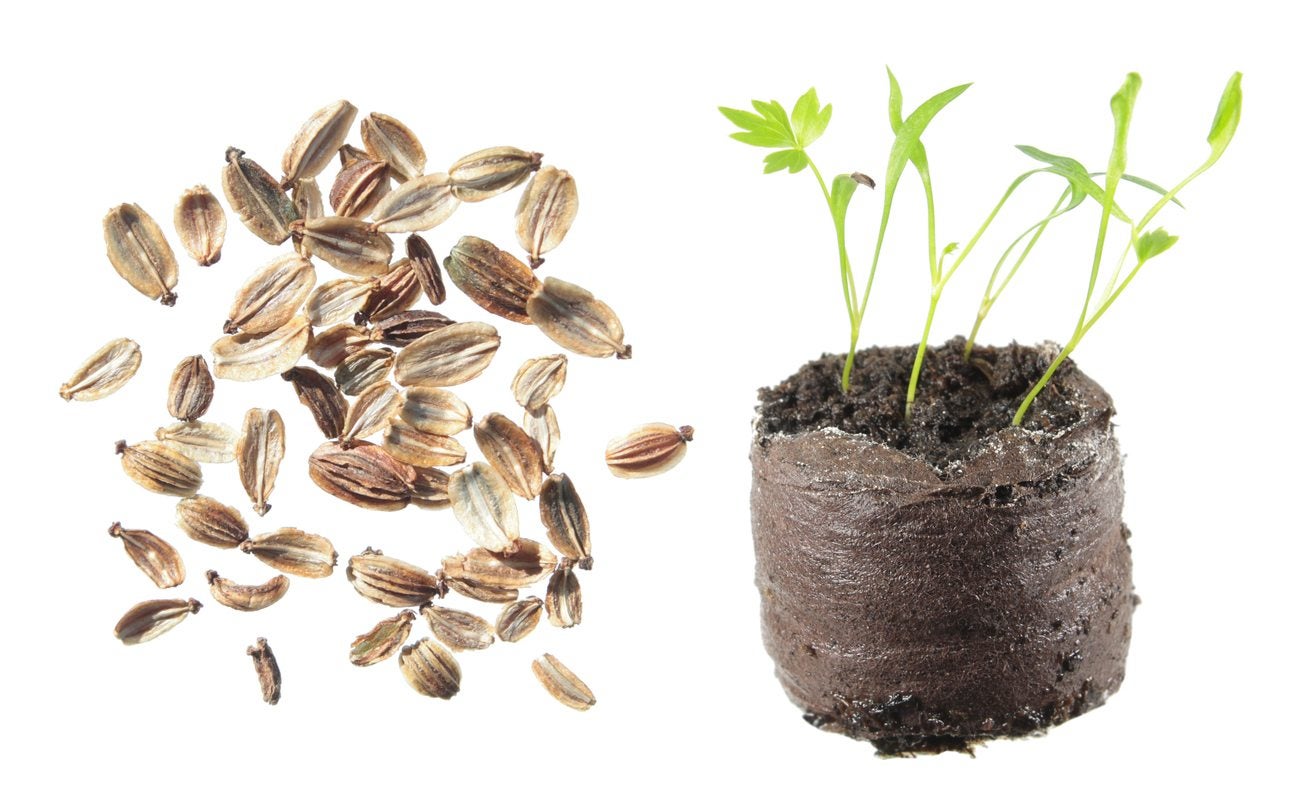 Seed Grown Lovage Plants – How To Grow Lovage From Seeds
Seed Grown Lovage Plants – How To Grow Lovage From SeedsSeed grown lovage makes for a gorgeous perennial herb that is a great addition to any herb garden. Interested in growing lovage plants from seed? Read on to find out how to grow and when to sow lovage from seeds.
By Amy Grant
-
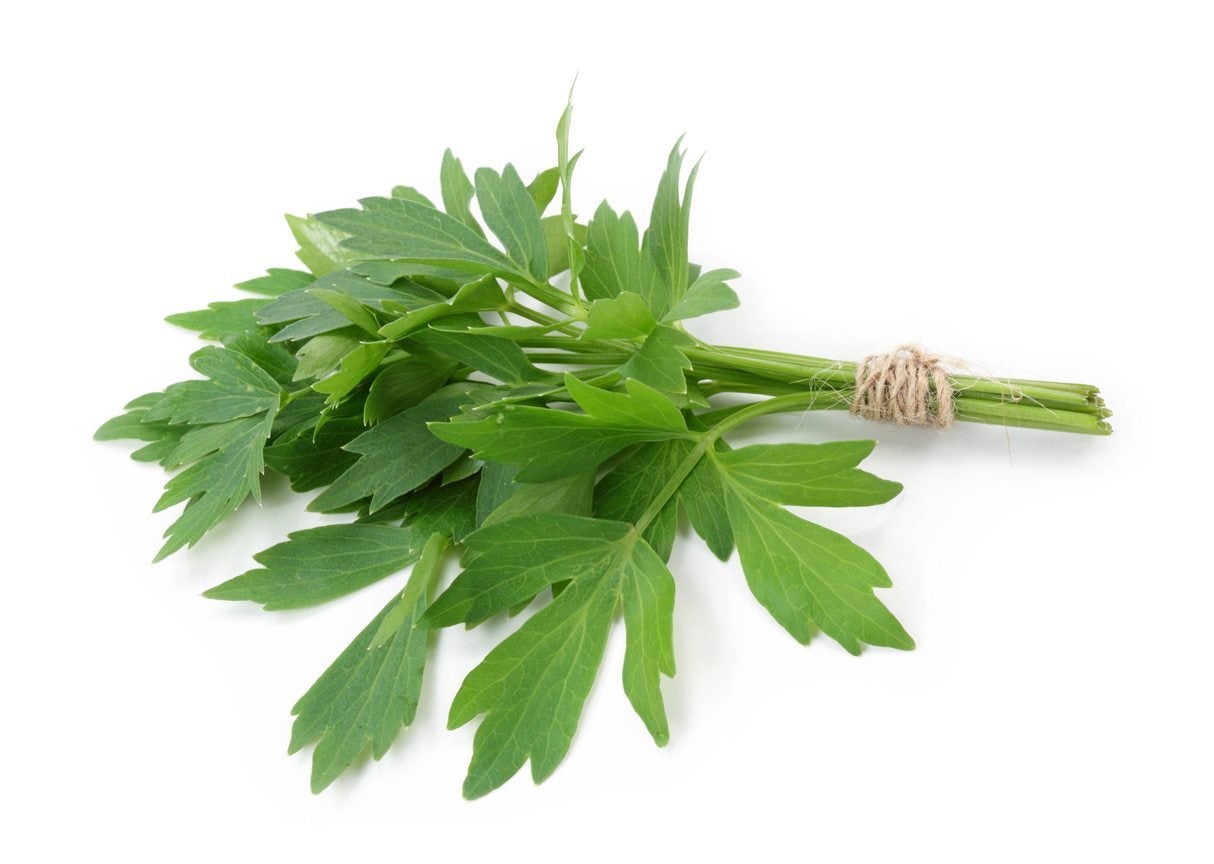 Benefits Of Lovage Herb : What To Do With Lovage Plants
Benefits Of Lovage Herb : What To Do With Lovage PlantsLovage doesn't have a very strong flavor and, for that reason, has been put in the back seat compared to parsley, but there are numerous lovage health benefits that may bring this plant back out into the light. Learn more about these uses and more in this article.
By Bonnie L. Grant
-
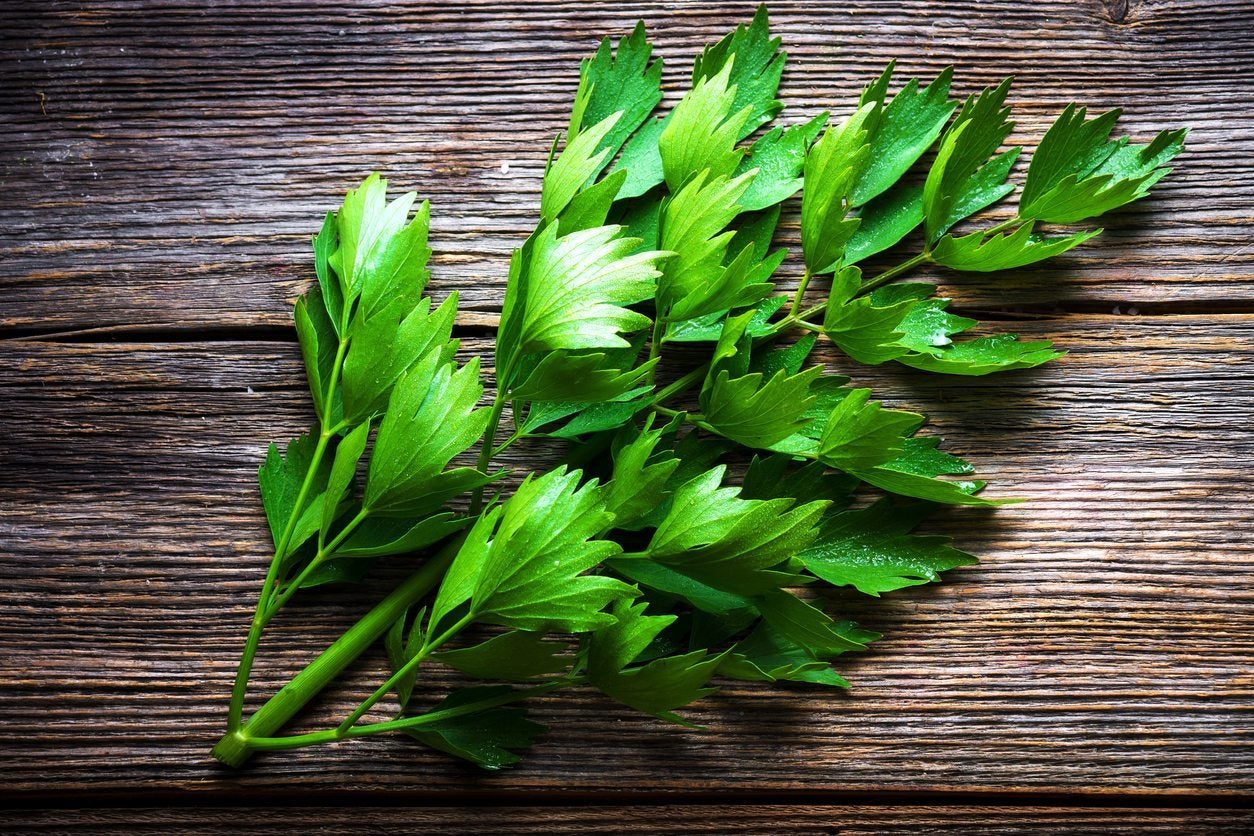 Lovage Herb Harvest – When To Pick Lovage Leaves
Lovage Herb Harvest – When To Pick Lovage LeavesPeople have been harvesting lovage for centuries for not only culinary but medicinal uses. If you're interested in picking lovage plants, click on the following article to find out how to harvest and when to pick lovage leaves.
By Amy Grant
-
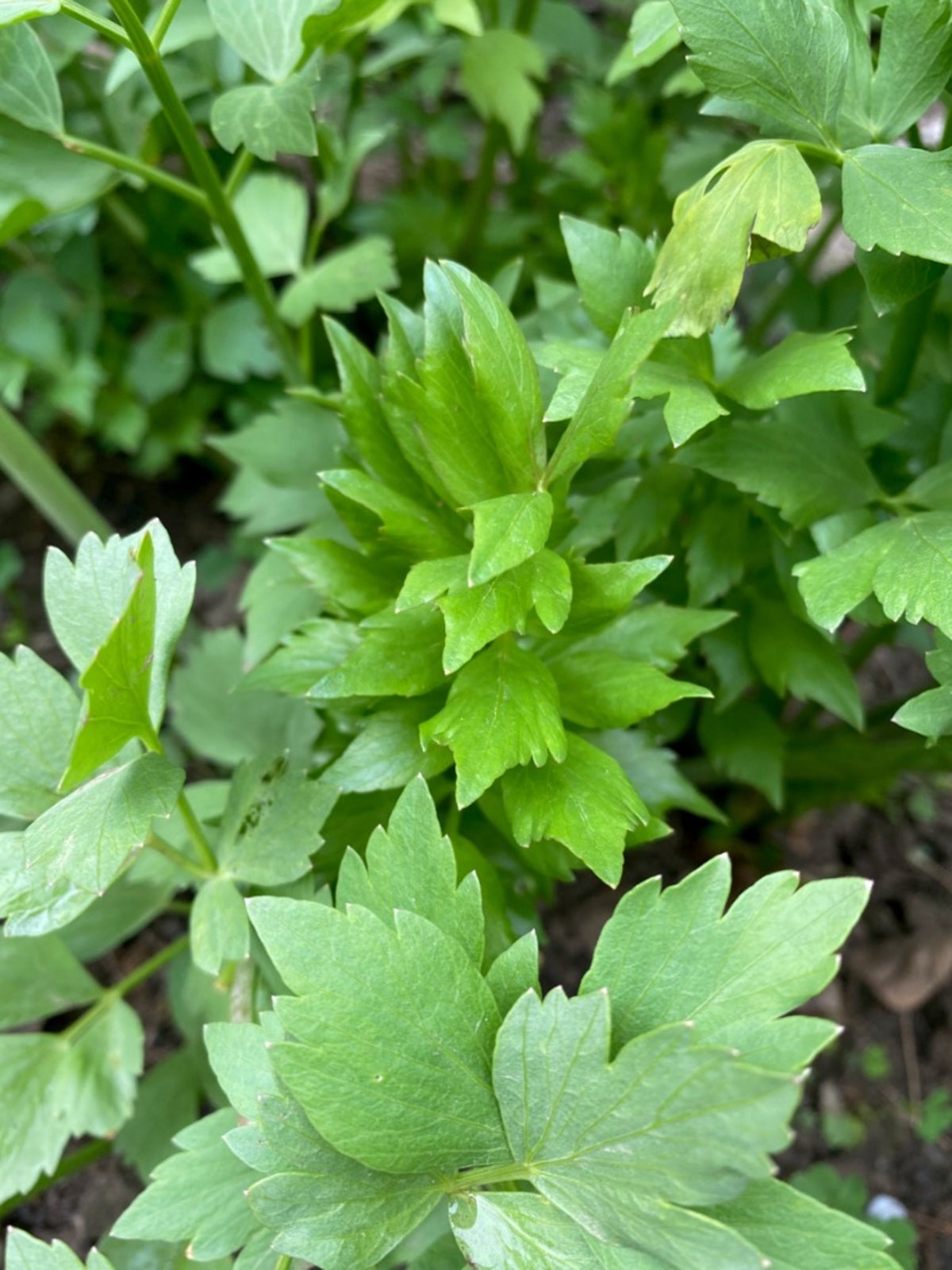 Lovage Plants In The Garden - Tips On Growing Lovage
Lovage Plants In The Garden - Tips On Growing LovageAll parts of the lovage herb are usable and delicious. The plant is used in any recipe that calls for parsley or celery. To get more information and learn how to grow lovage in the garden, read this article.
By Bonnie L. Grant